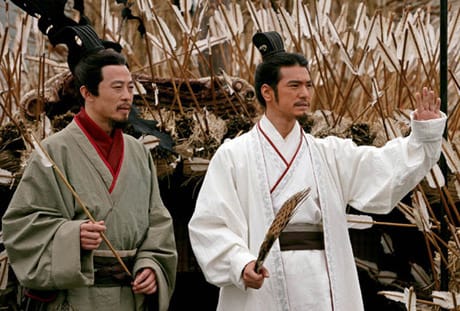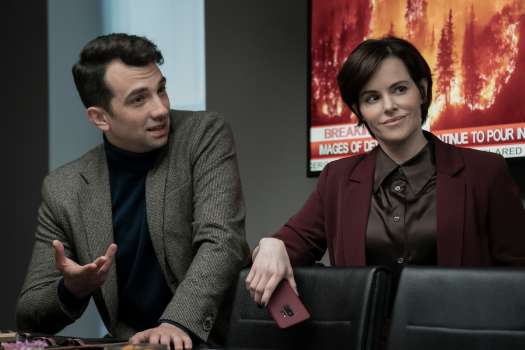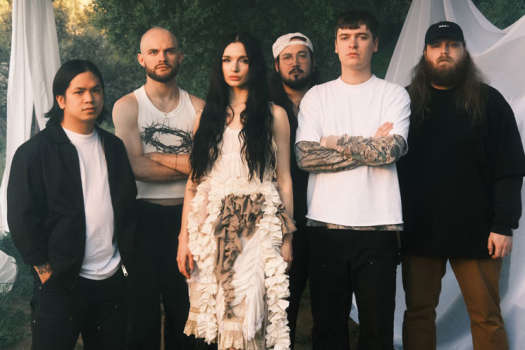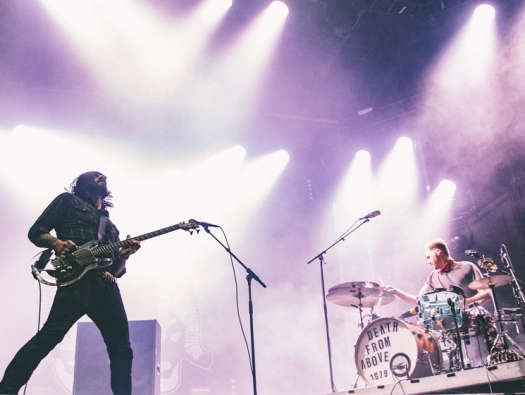A master director of action films returns with a historic epic made on a massive scale. With the help of four writers, three editors, two directors of photography, 300 horses, a cast and crew numbering almost 2,000 and a little CGI, John Woo recreates Red Cliff, a famous naval battle of 208 A.D. that marked the end of the Han Dynasty, China's golden age. Prime Minister Cao Cao convinced Emperor Han to unite a fractured China by declaring war on two neighbouring kingdoms. Xu and East Wu united to fight Cao's army in a string of bloody, massive battles on land and sea, culminating with Red Cliff, where 2,000 ships were burned. In a nutshell, Red Cliff is to the Chinese what Gone With The End represents to Americans. Woo has transferred his dazzling visuals of gangsters and gunplay to the plains of ancient China, where tens of thousands of soldiers battle with shields, spears and arrows. No doubt, some of the impact of these scenes will be lost on the small screen, but Woo keeps the movie busy with lots of action and blood. Problem is that sometimes this 148-minute film grows tedious with non-stop slashing. (The Chinese release was sliced into two parts and ran five hours.) A little more suspense and down time to build character would've added depth. At times, Red Cliff numbs the viewer with action. That's why the film takes a little time to build momentum, but once it does Red Cliff hooks the audience for an exciting ride. The end battle is as thrilling as anything Woo has filmed, and his lead actors shine, particular Tony Leung (In The Mood For Love). The bonus features nicely complement this epic. "Making of an Epic" is 28 minutes of candid behind-the-scenes footage with (thank God) little of the backslapping that ruins most other featurettes of this ilk. In a five-minute clip Woo explains how photography and computers created one majestic scene of a bird soaring between enemy camps. Another brief clip, "HDNet: A Look at Red Cliff," feels more like a promo piece, but offers key historic background that Western audiences will need. The storyboards are a good idea, but they are too small on screen.
(E1)Red Cliff
John Woo

BY Allan TongPublished Apr 16, 2010



